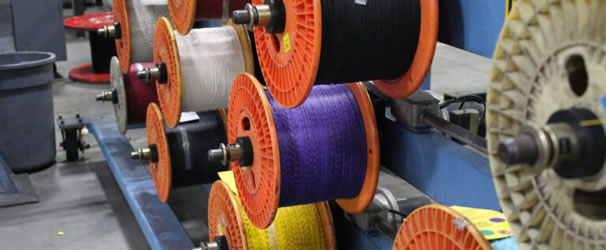
Specifying OS and OM fiber for projects
When determining fiber optic cables such as those from Proterial Cable America (PCA) for a project, labels including OS1, OS2, OM1, OM2, OM3, OM4 and OM5 will appear. These labels are fiber optic cable designations that originated in the international ISO/IEC 11801 standard.
The ISO/IEC 11801 standard refers to international requirements for designing, installing and managing structured cabling systems in customer premises. OS levels refer to single-mode optical fiber cables, while OM levels apply to multi-mode optical fiber cables.
OS1 is usually tight-buffered and commonly used indoors, while OS2 applies to higher-performing, low-water peak single-mode glass. OS2 is a loose-tube design and can be used outdoors.
OM1 indicates standard 62.5/125 micron multimode glass. OM2 is standard 50/125 micron glass. Both OM1 and OM2 use an LED for light transmission but OM2 can handle higher bandwidth. Both OM1 and OM2 are typically used to extend legacy private networks.
OM3 is for enhanced 50/125 micron glass capable of supporting 10 Gb Ethernet over distances up to 300m and with higher speeds at shorter distances. It is optimized with a laser light source (VCSEL), which makes it capable of supporting higher speeds. OM4 is for enhanced 50/125 micron glass cable capable of supporting 10 Gb Ethernet over distances up to 550m. OM3 and OM4 are used in parallel optic protocols, which typically use four fibers in each direction to achieve higher speed links.
OM5 is also for 50/125 micron glass cable, and can transmit 40-100 Gb, but can send multiple signals on one fiber over four different wavelengths, which means it can consolidate fiber use over a distance of 150m.
OS levels are ideal for long distances while delivering information successfully. OM levels can have issues such as interference and signal loss, but use less heat and are cheaper.



